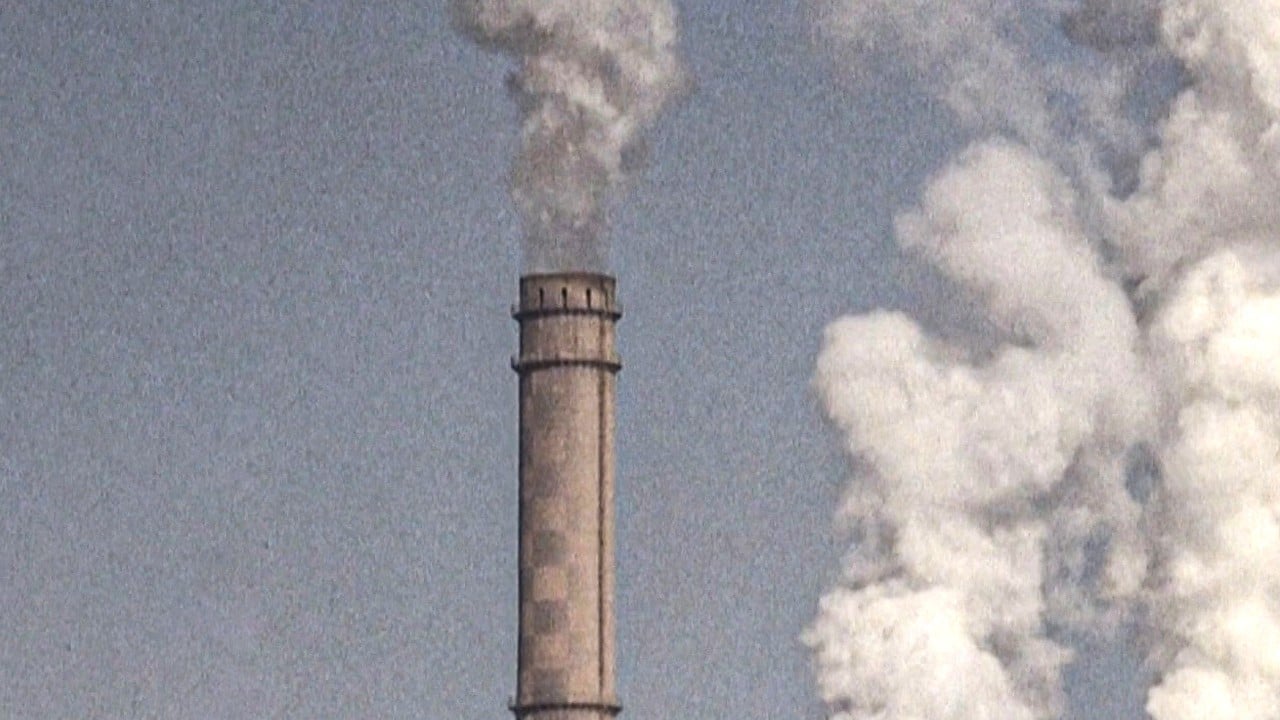
CLP, Chinachem tout Hong Kong’s first ‘zero-carbon’ air-conditioning system, with emissions offset by mainland wind farm
- CLP will upgrade the air-conditioning system at Chinachem’s Nina Tower complex in Tsuen Wan to a water-cooled, AI-controlled system
- The developer expects the new system to reduce electricity consumption by more than half compared to the existing system
CLP Holdings is designing a water-cooled air-conditioning system for a Chinachem Group building, billing it as the first “zero-carbon” chiller system in Hong Kong because its carbon footprint will be offset by a renewable-energy project in mainland China.
The group, through wholly-owned unit CLPe, signed an agreement on Tuesday to upgrade the air-conditioning system at the 180,000-square-metre Nina Tower complex in Tsuen Wan. The new water-cooled system, controlled by artificial intelligence (AI), will improve energy efficiency and reduce carbon emissions, the companies said.
Chinachem will source green-electricity certificates from CLP matching the energy consumption of the new chiller plant at Nina Tower, which comprises a hotel, office space and shopping centre.
Each certificate represents a certain volume of electricity generated from CLP’s Xundian II Wind Farm in southern Yunnan province in mainland China, which has a capacity of 50 megawatts and is slated to begin operation by June.

“We have strong commitment on both sides to reduce the energy being consumed,” said Alex Keisser, managing director of CLPe. “The effort being done by Chinachem to enable the zero-carbon [system], and us to guarantee this performance over the long term, can really make cooling activity free of CO2 impact.”
The parties’ “aligned interests” allowed them to sign a 20-year partnership, said Keisser, throughout which the developer will pay CLP a monthly service fee.
CLP is Hong Kong’s largest power producer and greenhouse-gas emitter.
The Hong Kong Green Building Council (HKGBC) has encouraged building owners and property developers to convert their existing air-cooled chillers to water-cooled systems to reduce energy consumption.
“Water-cooled chillers are more efficient as they can achieve a lower condensing temperature,” the non-profit council said in a guidebook released in January. They can have significant enhancement on the chiller plant efficiency, it added.
Hong Kong’s CLP to offer subsidies to 150,000 families in need amid tariff rise
Chinachem’s new system at Nina Tower, cooled with freshwater, will help the developer reduce electricity consumption by more than half compared with the existing system. The AI management system will use machine-learning technology to improve efficiency by monitoring and adjusting the air conditioning, the companies said.
Why insurers need a reporting standard for their clients’ carbon emissions
The system will help reduce Chinachem’s carbon emissions by around 7,000 tonnes per year, equivalent to the emissions produced from the annual electricity consumption of 5,400 households, CEO Donald Choi said.
The project will also help Chinachem reach its decarbonisation target of reducing carbon emissions by at least 51.8 per cent by 2030 compared with its 2020 base year.
“We see this collaboration to be a long-term, continuing kind of approach,” said Choi. “The smart management of electricity monitoring and use could definitely be applied to [other] types of projects.”
Design for the system is under way. Work is slated to begin in the second quarter, with completion in phases between 2024 and 2027. Chinachem declined to disclose the cost or comment on the payback period.
The project is part of an effort by CLP to help the city achieve its goal of carbon neutrality by 2050, Keisser said.


